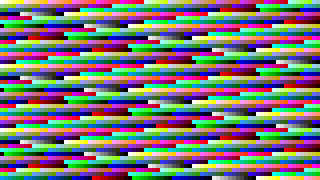Remember how I mirrored the world-famous MPlayerHQ samples archive a few months ago? Due to a series of events, the original archive is no longer online. However, me and the people who control the mplayerhq.hu domain figured out how to make samples.mplayerhq.hu point to samples.multimedia.cx.
That means… I’m the current owner and curator of our central multimedia samples repository. Such power! This should probably be the fulfillment of a decade-long dream for me, having managed swaths of the archive, most notably the game formats section.
How This Came To Be
If you pay any attention to the open source multimedia scene, you might have noticed that there has been a smidge of turmoil. Heated words were exchanged, authority was questioned, some people probably said some things they didn’t mean, and the upshot is that, where once there was one project (FFmpeg), there are now 2 projects (also Libav). And to everyone who has wanted me to mention it on my blog– there, I finally broke my silence and formally acknowledged the schism.
For my part, I was just determined to ensure that the samples archive remained online, preferably at the original samples.mplayerhq.hu address. There are 10 years worth of web links out there pointing into the original repository.
Better Solution
I concede that it’s not entirely optimal to host the repository here at multimedia.cx. While I can offer a crazy amount of monthly bandwidth, I can’t offer rsync (invaluable for keeping mirrors in sync), nor can the server provide anonymous FTP or allow me to offer accounts to other admins who can manage the repository.
The samples archive is also mirrored at samples.libav.org/samples. I understand that service is provided by VideoLAN. Right now, both repositories are known to be static. I’m open to brainstorms about how to improve the situation.

